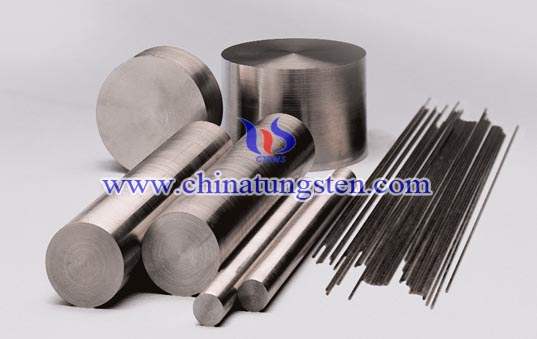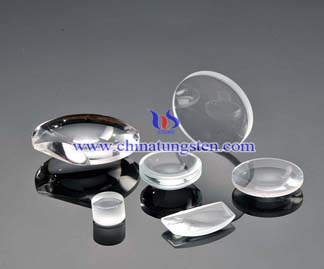Molybdenum Electrode Used for Optical Glass Manufacturing

Introduction
Electric glass melting furnace technology replaces all or part of coal, oil, gas and other fuels to melt the glass. Electric glass melting technology has the advantage of saving energy and improves the quality of the glass, so it is widely used in all kinds of glass manufacturing. Molybdenum electrode as an important component in glass melting furnace, the quality has great impact on the life of the furnace and glass.
Optical glass usually produce by succession furnaces. Molybdenum electrode as an important part in succession furnacen, the quality of electrode will affect excellent performance optical glass production. The molybdenum electrode production processes are as following: molybdenum powder-mixing-cold isostatic pressing-sintering-extrusion-forging -polishing. During the production, sintered molybdenum blank should process twice forging and the deformation amount reaches 83%, so obtained molybdenum electrodes has a higher density and larger size specifications. In addition, the impurity content of molybdenum electrodes are also will affect the quality of glass, so during molybdenum electrode production should to strict control the raw material, improving the sintering process, reducing the C, O content. What’s more, manufacturers should strict control production plant clean, according to process requirements strictly to operations, and to prevent impurity element to pollute molybdenum ingot is very important. The molybdenum electrode use in optical glass melting furnace the requirements are as follows: specifications: Ø50 ± 0.3 × 1000mm, the curvature: 2.5mm / m, density: 10.15g / cm3 or more, and the chemical composition: Cr≤0.0017%, Fe≤0.0040%, Ni≤0.0013%, C≤0.0020%.
Chemical Component Requirement
Chemical Component Requirement of Molybdenum Electrode: |
|||||||||
Cr |
≤0.0017% |
Fe |
≤0.0040% | Ni |
≤0.0013% |
C |
≤0.0020% | Ca |
<0.0060% |
O、Sn |
<0.0050% |
Al |
<0.002% | Co |
<0.0013% | Pb、Mg、Mn、Si |
<0.0010% | Cu |
<0.006% |

